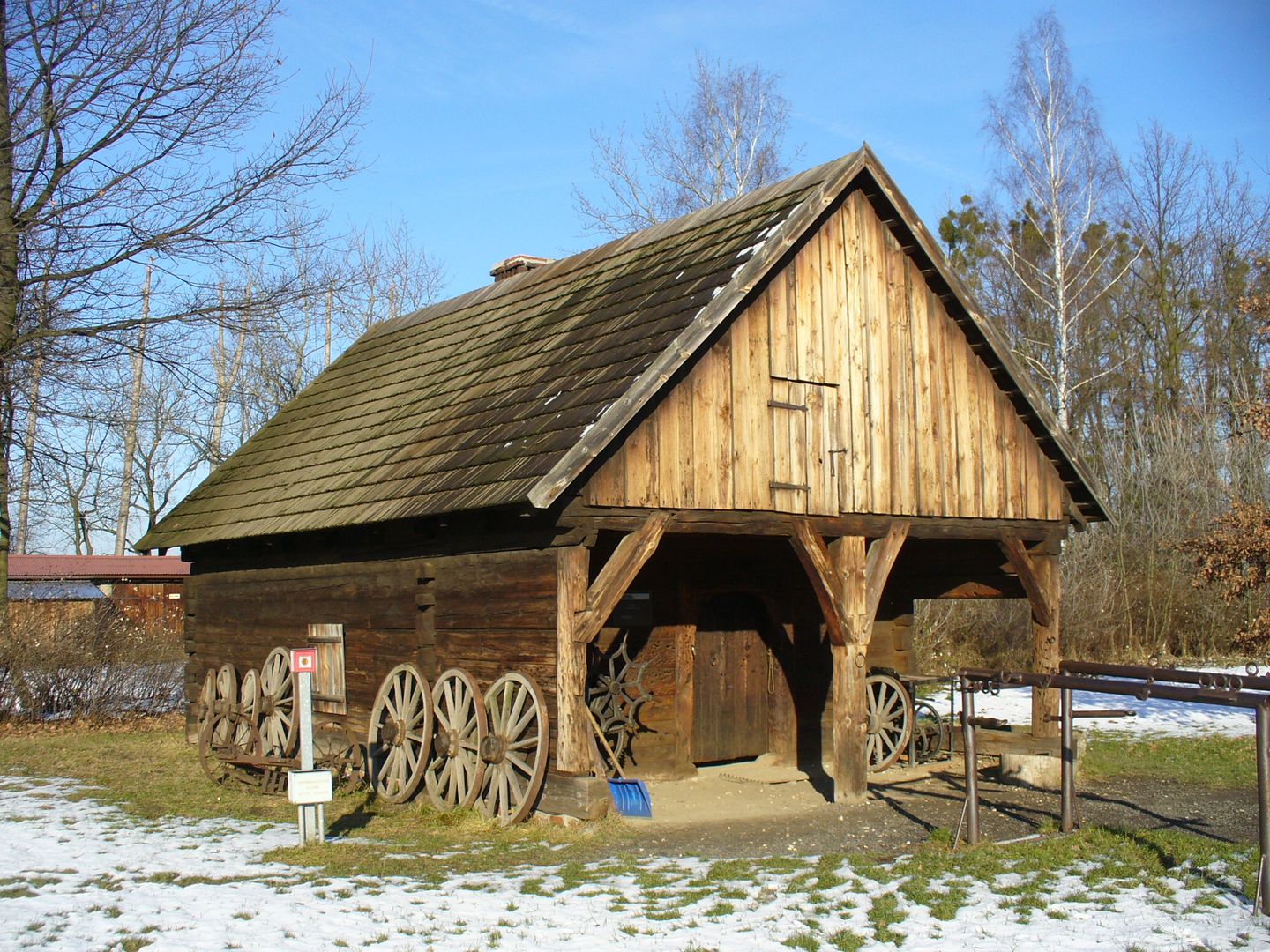The Opole Village Museum in Opole
8.16

Overview
The Opole Village Museum, established in 1961, is an open-air museum located in Opole-Bierkowice, illustrating rural life in the Opole region from the 18th to the early 20th century. Its creation is the result of efforts by Stanisław Bronicz, who conducted field research to select suitable architectural objects. The museum consists of various buildings, including houses, barns, granaries, mills, and windmills, reflecting traditional rural architecture and spatial layout. The museum features 49 structures, such as a granary from Sternalice, a forge from Ziemiełowice, and two windmills from Grotowice and Dobrzeń Wielki, showcasing local craftsmanship. Notable highlights include the Church from Gręboszów, built in 1613, with both Catholic and Protestant elements, and the Water Mill, which incorporates structural solutions from the 16th century. The museum houses nearly 7,000 exhibits, representing a rich collection of material culture. Throughout the year, various folk events take place, such as the Opole Harvest Festival and the Easter Market, promoting local traditions. As one of the first institutions of its kind in Poland, the museum plays a significant role in preserving cultural heritage and educating visitors. The museum grounds not only feature historical buildings but are also surrounded by greenery, enhancing the visitor experience. In recent years, modern elements have been introduced, such as administrative buildings designed in a style reminiscent of traditional architecture, placing the museum in a contemporary context. Interestingly, some structures, like the forge from Ziemiełowice and traditional cottages, were reconstructed using traditional techniques, highlighting local construction and craftsmanship styles. The museum is an important tourist attraction in the region, offering visitors a unique glimpse into rural life in Opole Silesia over the centuries.
Location
2025 Wizytor | All Rights Reserved